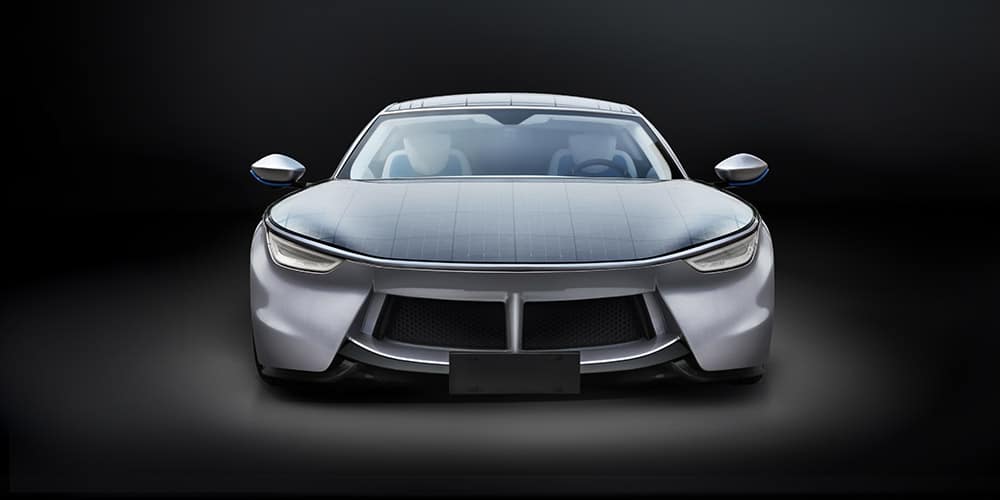When Alta Devices’ researchers spoke with pv magazine about their recent record-setting solar cell efficiency, it wasn’t actually the efficiency of the solar module that made the headlines, it was that the company had lowered the weight of its product by 30% and dropped material costs to “essentially nothing”.
Researchers from the U.S. Department of Energy’s National Renewable Energy Lab (NREL), have developed a rational to guide market planners in support of niche-market, lightweight, premium priced, high efficiency solar photovoltaic technologies, as delivered in Increasing markets and decreasing package weight for high-specific-power photovoltaics.

In the above image, the researchers laid out the cost per watt that various markets could sustain, ranging from $10 to $100/W for aerospace down to $1.30 to $5.25/W for building facades and solar home systems developing regions.
In the document, the researchers consider niche market size, price points and value propositions that can provide a path for new PV market entrants. The examining of cost production experience curves (for learning curves specific to solar power, see Swanson’s Law) of silicon, CdTe and CIGS PV suggests that a minimum market size of $0.2–1 billion/year is required to incubate a new market entrant. The scientists assess the critical role of the substrate, packaging and interconnects and provide a quantitative assessment of pathways to maximize specific power.

The researchers estimate a lower boundary for a durable lightweight module at about 300–500g/m2. Pairing this limit with a 15% efficiency thin-film or 35% efficiency III–V module would yield specific powers up to 500 W/kg or 1,167W/kg, respectively. For comparison’s sake, even without the additional weight from the mounting equipment the volume of crystalline silicon modules to generate this much power might weigh 68,000–90,000 grams (150 – 200 lbs.), which is up to 226x heavier.

The researchers identified three high-value markets, each with a potential to cumulatively generate a gigawatt (GW) of electricity—at a price above $1 a watt—over the next 10 years:
- Aerospace and unmanned aerial vehicles – Powering satellites is driven by extremely high launch costs; whereas, there is an increasing desire to keep drones aloft for very long periods. For both of these applications, limited space makes efficiency and weight critical and cost secondary. A key player in this market is III-V PV, but while highly efficient this material is also too expensive for many applications.
- Portable charging – Making it easy for one person to install or move a portable charger is driving the need for PV technology that’s efficient and flexible. Finding the correct balance between those requirements and cost could put millions of units into service by the military, disaster relief workers, and recreational users.
- Ground transportation – The integration of PV in electric vehicles will compete with electricity coming from the grid, but the addition could extend the driving range. The PV would have to use smaller panels and be flexible enough to conform the contours of the roof.

This content is protected by copyright and may not be reused. If you want to cooperate with us and would like to reuse some of our content, please contact: editors@pv-magazine.com.








By submitting this form you agree to pv magazine using your data for the purposes of publishing your comment.
Your personal data will only be disclosed or otherwise transmitted to third parties for the purposes of spam filtering or if this is necessary for technical maintenance of the website. Any other transfer to third parties will not take place unless this is justified on the basis of applicable data protection regulations or if pv magazine is legally obliged to do so.
You may revoke this consent at any time with effect for the future, in which case your personal data will be deleted immediately. Otherwise, your data will be deleted if pv magazine has processed your request or the purpose of data storage is fulfilled.
Further information on data privacy can be found in our Data Protection Policy.